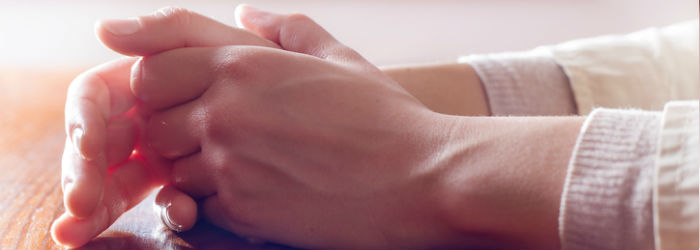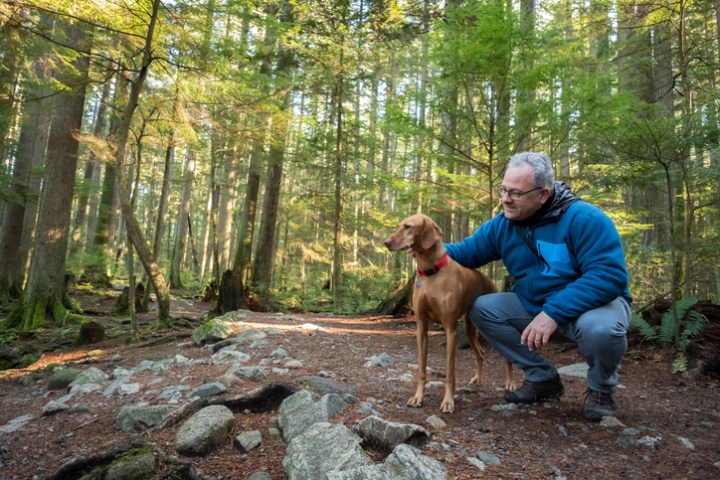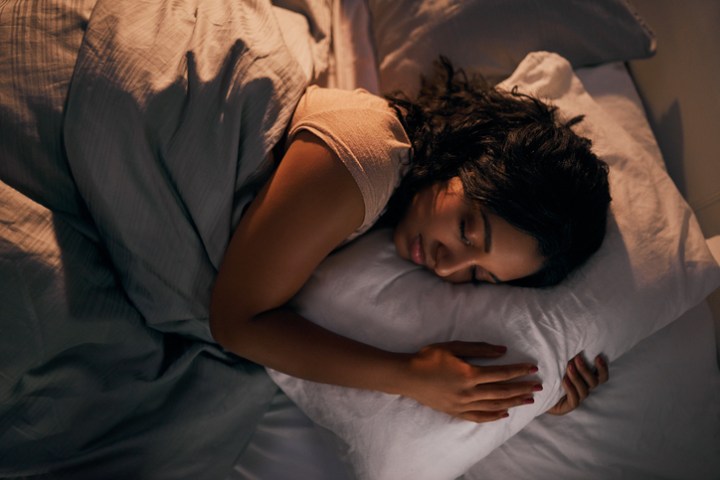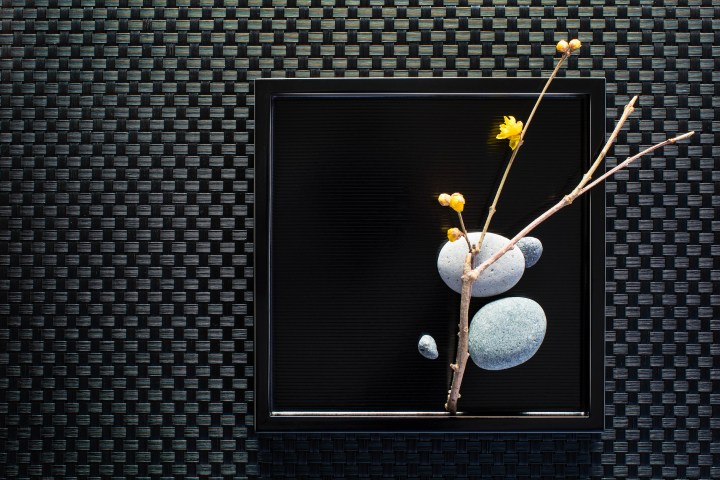Coping with Anxiety

Most of us feel anxious at certain times in our day-to-day lives, for instance when taking an important exam, going to a job interview or making a public speech. Usually, as the situation passes, the anxiety drops. But what if anxiety becomes unbearable and unmanageable?
For some people, anxiety never seems to go away, even when the problems they face are minor, or would seem manageable to others. And a few experience such extreme anxiety that it begins to interfere with their daily lives and they feel they just can’t cope any more. This can be confusing and frightening, and they may start to worry that it will never get any better.
If this sounds familiar, fear not – Dr Brenda Hogan and Dr Lee Brosan have developed a series of effective tools to help you understand what’s going on when you feel anxious and combat the symptoms of anxiety in three important areas: your physical symptoms, your thinking and your behaviour.
The below exercise is a great place to start – if you can slow down the physical response to anxiety, you will be in a better place to tackle your thinking and, finally your behaviour.
Relaxation techniques can help you calm down and lower your overall level of anxiety. Below, you’ll find a set of instructions for Progressive Muscle Relaxation. Read them through a couple of times before starting. (You might find it easier to record the instructions onto your phone so you can play it while trying the technique.) Try the exercise at least twice a day at first and allow yourself about thirty minutes (it probably won’t take that long, but you don’t want to feel rushed, so allow yourself a bit of extra time). Choose a time when you are alone and not expecting interruptions; and remember to switch off your mobile! Sit or lie down in a comfortable place. It helps if the room is restful, warm and pleasantly lit. Try not to worry about whether you are ‘doing it right’. The most important thing is to give it a try. Remember that relaxation will not work if you read about it but don’t give it a try. The more you do it, the better you will get.
- Find a comfortable position with your arms resting loosely at your sides, legs uncrossed. Be still for a few minutes to help you get into the right frame of mind and allow yourself to start to unwind. Take a couple of deep breaths. Focus on your breathing, and let your muscles slowly relax.
- If you feel uncomfortable, change your position at any time – you don’t have to worry about staying completely still. If your mind wanders during the exercise, bring your attention back to your breathing.
- Now roll your neck gently from side to side to loosen your muscles. Raise your shoulders up to your ears, hold them there, and then drop your shoulders. Let the weight of your shoulders fall gently back down. Focus on your breathing. Breathe slowly and gently, in through your nose, and out through your mouth. Let yourself relax. Imagine that each time you breathe out, you let go of some of the tension.
- Now turn all your attention to your feet and how they feel. Tighten the muscles by raising your feet up a little bit, and pointing your toes towards the ceiling. Feel the tension in your feet, toes and calves. Notice the tension and tightness in the muscles. Hold this for about five seconds and then let it go. Relax. Let the tension melt away to be replaced by a wave of relaxation. Concentrate on the changing sensations in your muscles as they move from a tense state to a more relaxed one. Relax your feet and toes. Focus on how that feels, as you gently breathe in and out. Focus on the feeling of relaxation for about twenty seconds.
- Now tighten the hip and leg muscles by pressing down on your heels. You should feel tension in your calves and in your upper legs. Focus on that tension and the tightness. Hold it for about five seconds, and then relax. Feel the tension draining out of your legs, being replaced by a comfortable feeling of relaxation. Imagine the muscles smoothing out, becoming soft and relaxed. Focus on the relaxation for about twenty seconds as the tension just slips away.
- Now for your abdomen. Tighten your tummy muscles as much as you can. Suck in your tummy and hold the tension. Focus on the tightness and tension for about five seconds. Then relax – allow the muscles to go limp and loose. Let the relaxed sensation spread slowly and gently over your abdomen. Keep your attention on the feelings of calm relaxation for about twenty seconds.
- The next step focuses on your chest muscles. Take a deep breath in through your nose. Hold it. Feel the tension around your rib cage. Hold it for a moment, and then let it go. Breathe out gently and slowly. Feel the changes in your chest as you breathe out.
- Breathe in deeply, filling your lungs, hold it, notice the tension, and then release it, breathing out through your mouth. Let your chest muscles relax. Return to slow and gentle breathing. Focus on the feeling of relaxation.
- Now turn your attention to your hands and forearms. Place your hands palm up. Squeeze them into fists as tightly as you can, and turn the fists towards the ceiling. Feel the tension in your fingers, palms and forearms for about five seconds, and then let go. Slowly and gently, let your hands and arms relax. Let the relaxation spread over your arms, hands and fingers as the tension drains away. Remember to focus on the relaxed feeling for about twenty
seconds. - Now for the rest of your arms. Create tension by pressing your hands down as hard as you can and feel the tightness and tension. Hold it for about five seconds, then let it go. Let your hands rest gently and comfortably. Allow the tension to slip away. Focus on the relaxation in your arms for about twenty seconds.
- And now try to tense all the muscles in your neck for about five seconds, then shoulder muscles. Focus on the feeling of relaxation for about twenty seconds.
- Now take a moment to focus on your shoulders. Notice any tension already there. Then tense the muscles by shrugging. Pull your shoulders up towards your ears, as if there was a string pulling them up. Hold the position for five seconds, noticing the tightness and tension. Then slowly relax, letting your shoulders gently drop back down. Focus on relaxing the muscles in your shoulders. Focus on this feeling of relaxation for about twenty seconds.
- Move your attention to your mouth and jaw. Tense this area by clenching your teeth and pulling your mouth into a forced smile. Your lips, cheeks and jaw should feel very tense and tight. Hold it for about five seconds and then relax your face. Feel the muscles loosen and become soft. Allow your teeth to part and the muscles to soften and relax. Let the relaxation spread across your jaw and mouth. Remember to focus on the feeling of relaxation for about
twenty seconds. - Now move up to your eyes and nose. Close your eyes as tightly as you can, and wrinkle your nose. Feel the tension in your face, your upper cheeks and eyes. Focus on the tension for five seconds. And then relax. Notice the tension slipping away. Imagine your muscles becoming smooth and relaxed. Focus on the feeling of relaxation for about twenty seconds.
- You have now reached your forehead. Raise your eyebrows as high as you can. Notice the tension and tightness in your forehead and scalp. Hold it for five seconds then let go. Feel the relaxation spread back from your forehead, all the way across your scalp, for twenty seconds.
- You have now gone through all the muscle groups in your body. Continue to relax, and each time you breathe out, allow yourself to become even more relaxed. Each time you breathe out, think of a part of your body, and then allow the muscles to relax even more.
- When you have completed the relaxation exercise, take a moment to let yourself become more alert. Open your eyes, and move your arms and legs around a little bit before you get up and start being active again.
Overcoming app now available via iTunes and the Google Play Store.
Anxiety is one of the most common mental health conditions worldwide, affecting millions of people each year. But it can be treated effectively with cognitive behavioural therapy (CBT).
Written by experienced practitioners, this introductory book can help you if anxiety has become a problem. It explains what anxiety is and how it makes you feel when it becomes unmanageable or lasts for long periods of time. It will help you to understand your symptoms and is ideal as an immediate coping strategy and as a preliminary to fuller therapy. You will learn:
· What anxiety is and how it develops
· Physical symptoms to look out for
· How to spot and challenge thoughts that make you anxious
· Ways to change how you behave in order to reduce your feelings of anxiety









